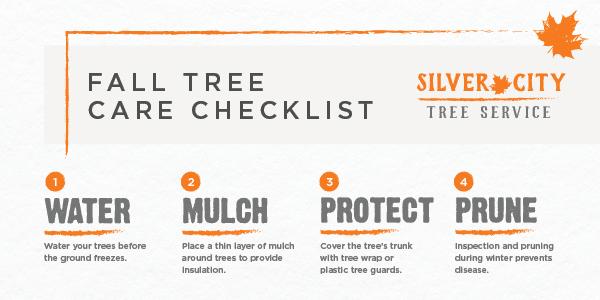Tree Removal Aftercare: Best Practices For Landscape Healing
Tree Removal Aftercare: Best Practices For Landscape Healing
Blog Article
Post By-Wilcox Deal
After a tree's removal, your landscape might look rather various, and it's essential to examine the aftermath very carefully. You'll intend to evaluate the dirt disturbance and examine bordering plants for any kind of indicators of stress. Neglecting these elements can bring about larger issues down the line. So, what should you make with those stumps and roots? And just how do you select the best plants for your rejuvenated space? Allow's explore these important steps.
Assessing the After-effects: Examining Your Landscape
After a tree elimination, it's vital to examine your landscape to recognize the effect it has on your yard.
Start by examining the location where the tree stood. Search for indications of dirt disruption, and inspect the surrounding plants for any type of stress or damage.
You need to additionally bear in mind of just how the removal has actually transformed sunshine exposure and air movement in your yard. This change can influence the development of close-by plants, so it's important to examine their wellness.
Think about the visual elements as well; the elimination might create an open space that you can redesign.
Lastly, consider any kind of potential disintegration problems that might occur from the tree's absence. Dealing with these elements early will help restore balance to your landscape.
Taking care of Stumps and Roots: Options for Elimination
Once you've analyzed the results of the tree removal, you'll likely need to take on the stump and origins left.
You have a few choices for removal. One reliable technique is stump grinding, where a professional uses a device to grind the stump to underground level. This method leaves minimal interruption to your landscape.
If you choose a do it yourself technique, you can utilize a mix of excavating and chemical stump eliminators. Just keep in mind, this process can take time and effort.
Additionally, think about leaving https://www.denverpost.com/2019/05/21/denver-colorado-snow-storm-tree-damage-tips/ as an all-natural attribute, which can work as an unique garden aspect or environment for wild animals.
Whatever you choose, addressing the stump and roots is necessary for restoring your landscape.
Choosing the Right Plant Kingdoms for Your New Room
As you assess your recently removed area, picking the right plants can substantially improve your landscape's beauty and performance.
Beginning by considering the sunshine and soil problems. For warm areas, choose drought-resistant plants like lavender or succulents. In shaded places, brushes and hostas prosper well.
Think about visit this website link and growth practices of your plants; mix perennials and annuals for seasonal selection. Don't forget to incorporate native types; they require less upkeep and assistance regional wildlife.
Team plants in strange numbers for an extra natural look and produce layers for visual depth.
Lastly, ensure you have a mix of shades and textures to keep your landscape vivid throughout the seasons.
Happy growing!
Verdict
To conclude, recovering your landscape after tree removal is a satisfying procedure. By analyzing the results, addressing stumps and origins, and selecting the right plants, you'll develop a growing atmosphere. Do not neglect to integrate disintegration control procedures to shield your dirt. With a little initiative and treatment, you can transform your room right into a vibrant garden that improves your building. Embrace the opportunity to renew your landscape and enjoy the appeal of nature right in your yard!
